Taking to the Stage
Lewis Center attracts noted figures to lead fall courses in performance
The Lewis Center for the Arts brought several prominent artists to campus this semester to engage students with unconventional approaches to performance. Here are four examples:
Scottish director John Doyle is known for his “stripped-down” revivals of Stephen Sondheim musicals, as one critic put it. Said Doyle, “I’m a minimalist at heart. ... I tend to get asked to do big stories in a small way.” His most celebrated technique is having actors serve dual roles as musicians.
This fall Doyle taught two Lewis Center courses: one on how to approach staging a revival, the other on the technique of having actors make their own music “so that the instrument isn’t just something you play, but is part of your character and who you are,” he said. Students in the latter class watched a DVD of Doyle’s Tony-Award-winning Broadway revival of the Sondheim musical Company to see how the technique worked, and met with an actor-musician who had been in several of Doyle’s productions.
During one session, the class divided into two groups to orchestrate and perform the song “Sunrise, Sunset” from Fiddler on the Roof — acting, singing, and playing the violin, cello, guitar, flute, harmonica, and piano. The experience showed “how quickly you have to move from the music on the page to getting your head out of the music and actually being on stage and performing,” said Mark Watter ’14. The goal is not to play a “perfect guitar riff,” Watter said, but to use the instrument to express what his character is feeling.
Having actors make their own music “makes for a roughness of texture that I think is useful for these kids to learn about — it doesn’t have to be perfect,” Doyle said.
One lesson of the course “Making Theater Without a Script” is “throwing the plans out the window,” said instructor John Collins. As founder and artistic director of the New York-based theater group Elevator Repair Service, Collins is known for his unorthodox approach — his acclaimed Gatz was a six-hour, verbatim performance of F. Scott Fitzgerald ’17’s The Great Gatsby.
At Princeton, where Fitzgerald once penned scripts for the Triangle Club, Collins is leading a group of 10 students in a process that is “more discovery than instruction,” he said. Students present YouTube videos, or Japanese anime, “anything that has struck them,” said Collins — and, with help from him and members of his company, transform them into performance pieces.
“We just enter a room and start creating,” said Oge Ude ’16, who signed up to explore her interest in theater. Philip Rosen ’14, who hopes to found an experimental student-theater group, said the class provides a forum “to let mistakes happen and see what can be learned from them.”
Sean Drohan ’14 recited a poem about the journey from childhood to manhood one fall afternoon in the rehearsal room at McCarter’s Berlind Theatre. With each phrase, he sent a soccer ball flying across the room to a fellow student, who swiftly tossed it back to him.
“Use the physical activity with the words,” urged instructor Suzzy Roche, a member of the singing group The Roches, who taught the class with novelist Meg Wolitzer. The ball toss, Roche explained later, allowed Drohan to “discover unexpected possibilities in the text.”
The class, “Stories to Stage, Words, and Song: A Study in Adaptation,” explores how works of art in various genres can be brought to the stage. Students use their own creative writing and musical compositions as well as published works as the basis for theatrical material.
Drohan said the class has helped him understand how a work of art not intended for the stage “can be activated in a dramatic way.” Said Emily Fockler ’16: “I love creative writing, theater, dance, and music, and this class was all of them on steroids.”
In Shakespeare’s Much Ado About Nothing, two sets of lovers banter, fight, and talk of love before heading for a double wedding. It bothered director Lileana Blain-Cruz ’06 that productions tend to emphasize “the lightness” of the play without fully exploring the darkness in the characters. So when she became a lecturer at the Lewis Center this fall, she set out to direct a student production of Much Ado About Nothing that would “wrestle with the darker side.”
Blain-Cruz and students in her fall course examined threads in the text for undercurrents and themes of female sexuality, honor, cuckoldry, identity, and marriage. The Berlind Theatre production of the play, in November, brought to the fore a schism that occurred after Claudio, one of the male leads, explodes in anger on his wedding day as he wrongly accuses his intended bride of infidelity. In the final scene, the two couples dance, but the women look scared and sad, and the men eventually wander off.
Evelyn Giovine ’16, who played the accused bride, Hero, had been troubled by her character’s decision to marry Claudio after he had humiliated her. “It just seemed wrong to me,” Giovine said. “Doing this production with Lileana, I’m more peaceful with the dysfunction of it.”


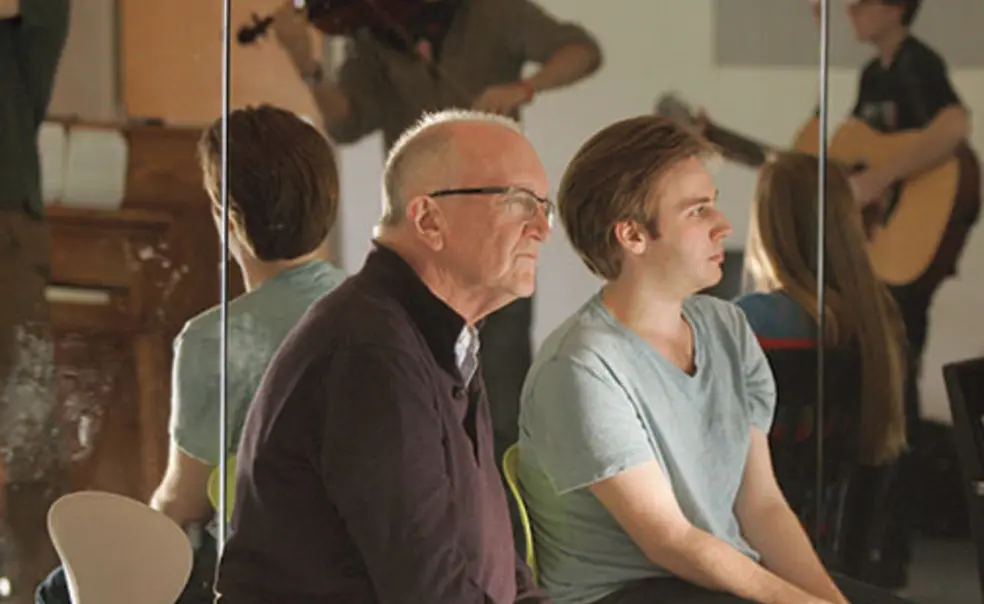
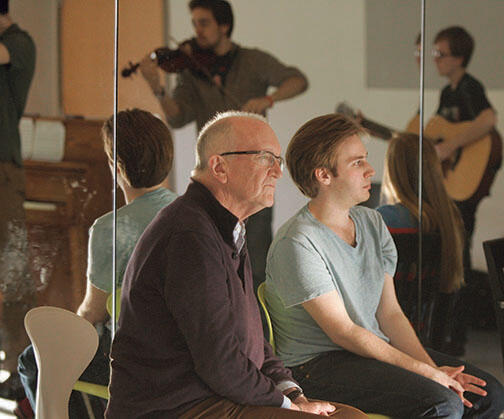
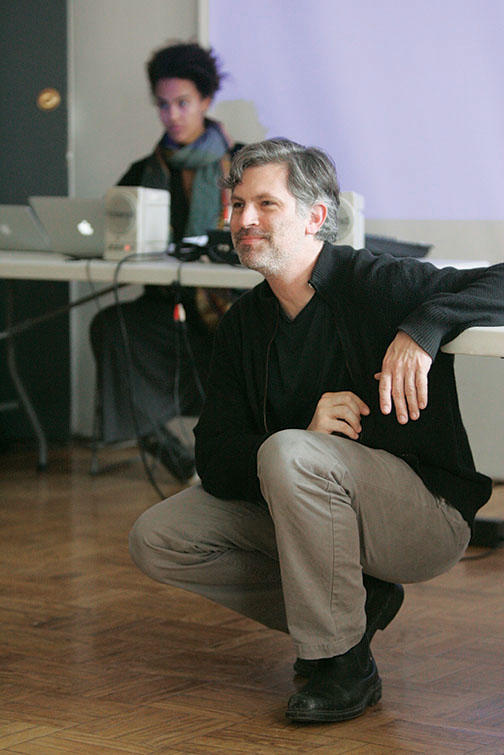
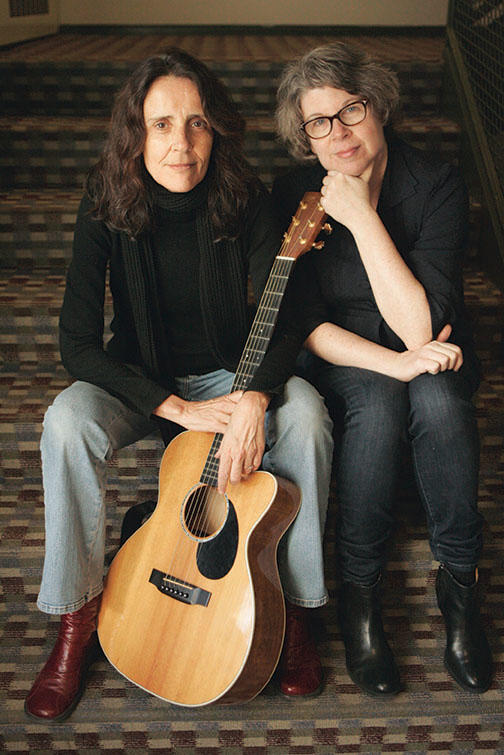
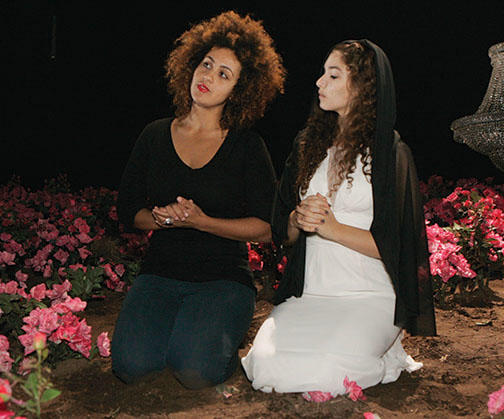









No responses yet